Sustainable Farming Practices
The Spelt Market is benefiting from the growing emphasis on sustainable farming practices. As consumers become more environmentally conscious, there is a rising demand for crops that are cultivated using methods that minimize environmental impact. Spelt Market, known for its hardiness and ability to thrive in less-than-ideal soil conditions, is often grown using organic farming techniques that promote biodiversity and soil health. Recent statistics indicate that organic spelt production has increased by over 15% in the past year, reflecting a shift towards more sustainable agricultural practices. This trend not only appeals to eco-conscious consumers but also positions the Spelt Market favorably within the broader context of sustainable food production.
Rising Demand for Ancient Grains
The Spelt Market is experiencing a notable increase in demand for ancient grains, driven by a growing consumer preference for healthier and more nutritious food options. Spelt Market, recognized for its high protein content and rich nutritional profile, is becoming a staple in health-conscious diets. Recent data indicates that the market for ancient grains, including spelt, is projected to grow at a compound annual growth rate of approximately 10% over the next five years. This trend is largely attributed to the rising awareness of the health benefits associated with whole grains, which are perceived as more wholesome compared to refined grains. As consumers seek alternatives to conventional wheat, the Spelt Market is poised to benefit significantly from this shift in dietary preferences.
Expansion of Spelt-Based Products
The Spelt Market is experiencing a diversification of product offerings, with an increasing number of spelt-based products entering the market. This expansion includes a variety of items such as spelt flour, pasta, and baked goods, catering to a wide range of consumer preferences. Market data reveals that the spelt flour segment alone has seen a growth rate of approximately 12% annually, driven by the rising popularity of home baking and cooking. As consumers seek to incorporate healthier ingredients into their meals, the availability of diverse spelt products is likely to enhance the market's appeal. This trend suggests that the Spelt Market is not only adapting to consumer demands but also innovating to create new opportunities for growth.
Nutritional Awareness and Education
The Spelt Market is influenced by increasing nutritional awareness and education among consumers. As individuals become more informed about the health benefits of various grains, spelt is gaining recognition for its superior nutritional profile, which includes higher levels of protein, fiber, and essential nutrients compared to conventional wheat. Educational campaigns and health initiatives are playing a crucial role in promoting the benefits of spelt, thereby driving its adoption in various culinary applications. Recent surveys indicate that nearly 60% of consumers are actively seeking information about the nutritional content of their food, which bodes well for the Spelt Market. This heightened awareness is likely to foster a more informed consumer base, ultimately leading to increased demand for spelt products.
Increased Interest in Gluten-Free Alternatives
The Spelt Market is witnessing a surge in interest surrounding gluten-free alternatives, as more individuals adopt gluten-free diets due to health concerns such as celiac disease and gluten sensitivity. Although spelt contains gluten, it is often tolerated better by some individuals with gluten sensitivities, leading to its increased popularity as a substitute for traditional wheat products. Market analysis suggests that the gluten-free product segment is expanding rapidly, with spelt-based products being marketed as a healthier option. This trend is likely to drive innovation within the Spelt Market, as manufacturers explore new ways to incorporate spelt into gluten-free offerings, thereby catering to a broader audience seeking dietary alternatives.


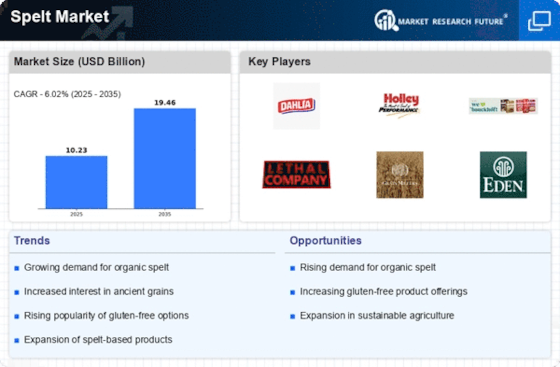
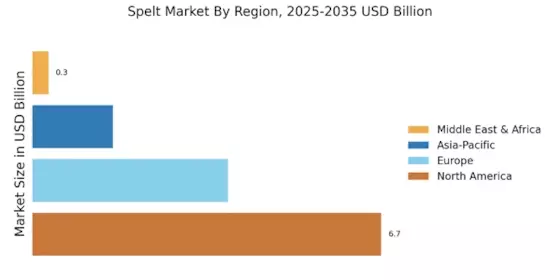
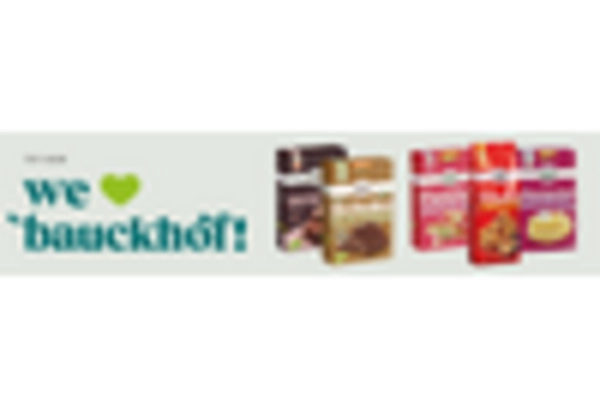
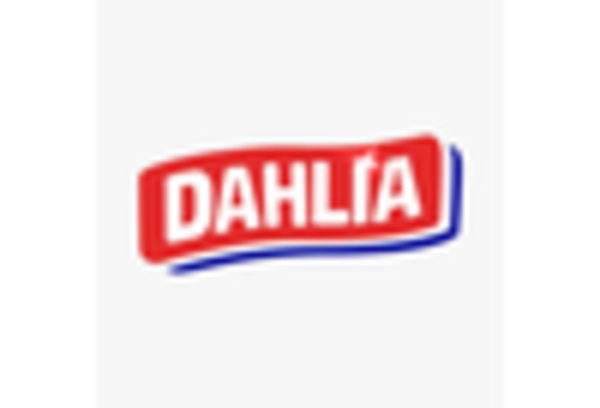
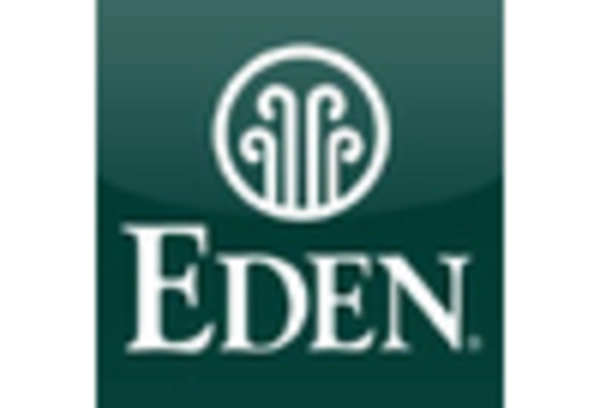
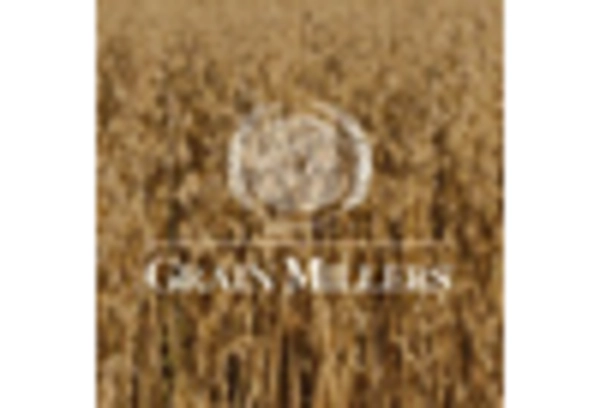










Leave a Comment